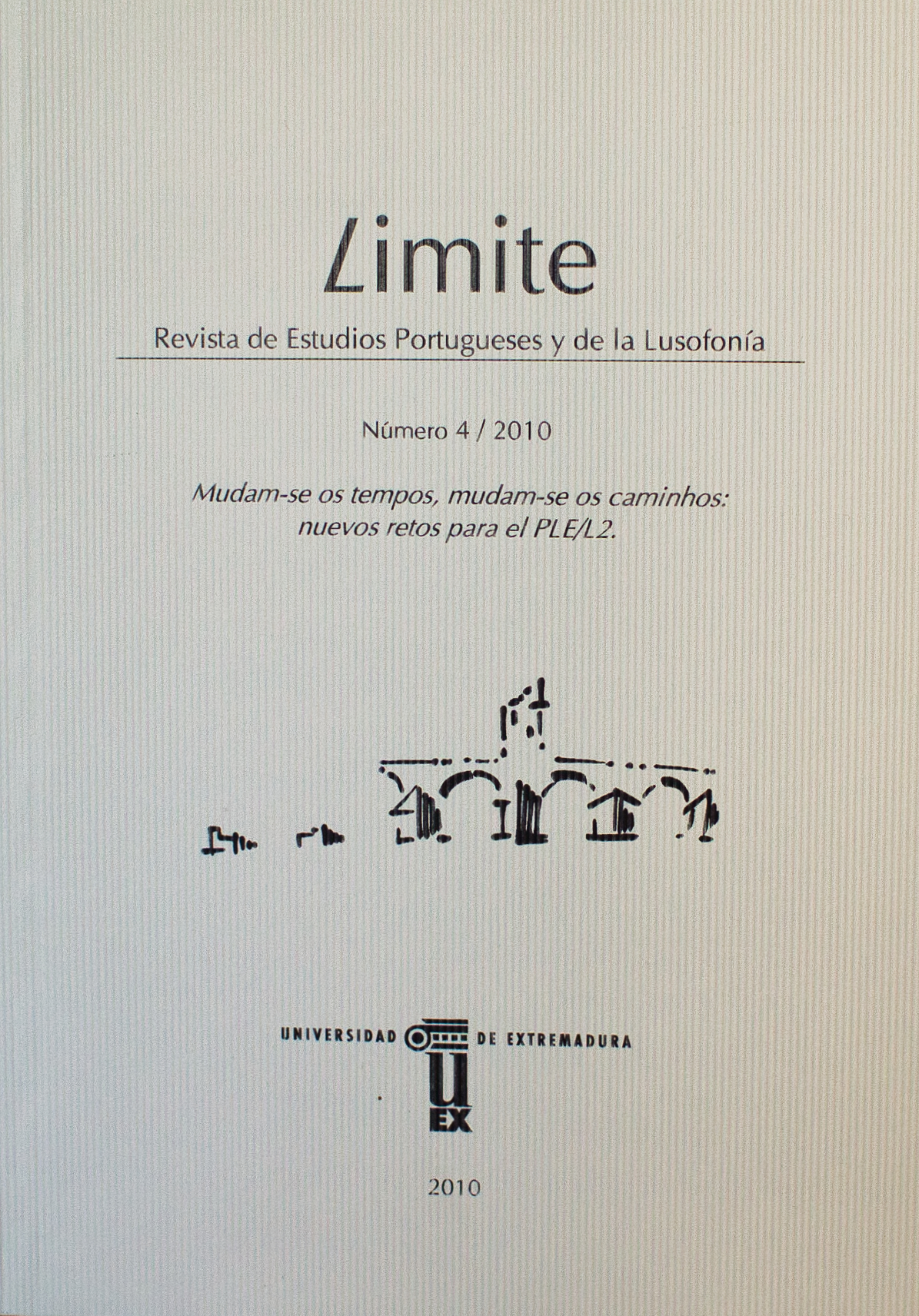Interactive teaching, crosscultural competence and virtual environments. The NIFLAR project (Networked Interaction in Foreign Language Acquisition and Research)
Keywords:
NIFLAR, virtual worlds, intercultural awareness, SLA, video web communicationAbstract
Description of the aims and results of the international project
NIFLAR, (Networked Interaction in Foreign Language Acquisition and
Research; www.niflar.eu), granted by the European Union for two
years (2009-2010). Coordinated by the University of Utrecht and with
the cooperation of universities from different countries, NIFLAR wants
to implement foreign language education in Spanish, Dutch,
Portuguese and Russian through two innovative e-learning
environments: video web communication (VWC) and virtual worlds
(Second Life, 3D VW). The project is addressed to the research, design
and experimentation through education strategies based on new
technologies in foreign language education, and it is oriented to
interactive apprenticeship and intercultural awareness.
Keywords: NIFLAR – video web communication – virtual worlds –
intercultural awareness – SLA
References
Belz & Thorne (2006): J. A. Belz & S. L. Thorne (eds.), Internetmediated intercultural foreing language education, Boston, Heinle & Heinle.
Byram (1997): M. Byram, Teaching and assessing intercultural communicative competence, Clevedon, Multilingual Matters.
Byram & Zarate (1998): M. Byram & G. Zarate, Definitions, Objectives ans Assessment of Socio-Cultural Competence, Strasbourg, Council of Europe.
Chapelle (2003): C. A. Chapelle, Computer Applications in Second Language Acquisition, Cambridge, C.U.P.
Ellis (2003): R. Ellis, Task-based language learning and teaching, Oxford, Oxford University Press.
Gómez Molina (2010): J. R. Gómez Molina, “La videocomunicación en la adquisición de segundas lenguas. Proyecto NIFLAR (Networked Interaction in Foreign Language Acquisition and Research)”, in Actas del I Congreso Internacional sobre Interdisciplinariedad, Lenguas y TIC (Universitat de València, marzo de 2010), en prensa.
Jáuregui & Bañados (2008): K. Jáuregui & E. Bañados, “Virtual interaction through video-web communication: a step towards enriching and internationalizing learning programs”, ReCALL, n. 20, 2, pp. 183-207.
Nunan (2004): D. Nunan, Designing Tasks for the Communicative Classroom. Cambridge, Cambridge University Press.
Warschauer (2005): M. Warschauer, “Sociocultural perspectives on CALL”, in J. Egbert and G. M. Petrie (eds.), CALL Research Perspectives, Mahwah, New Jersey, Lawrence Earlbaum, pp. 41-51.
Westhoff (2004): G. Westhoff, “The art of playing a pinball machine. Characteristics of effective SLA-tasks”, Babylonia, n. 12, 3, pp. 58-62.
Downloads
Published
Issue
Section
License
Los derechos de los artículos publicados en esta revista son los que establece por defecto el Servicio de Publicaciones de la Universidad de Extremadura. Poseen una licencia de Creative Commons CC BY 4.0. Puede consultar la licencia en: Creative Commons
La política de acceso abierto de la Universidad de Extremadura acepta los principios del movimiento de acceso abierto y la declaración de Berlín. Por ese motivo, los autores aceptan que los artículos publicados se recojan en el repositorio DEHESA de esta universidad.
El autor del artículo puede publicarlo libremente en otros medios siempre que refiera esta revista como la depositaria del texto original.



